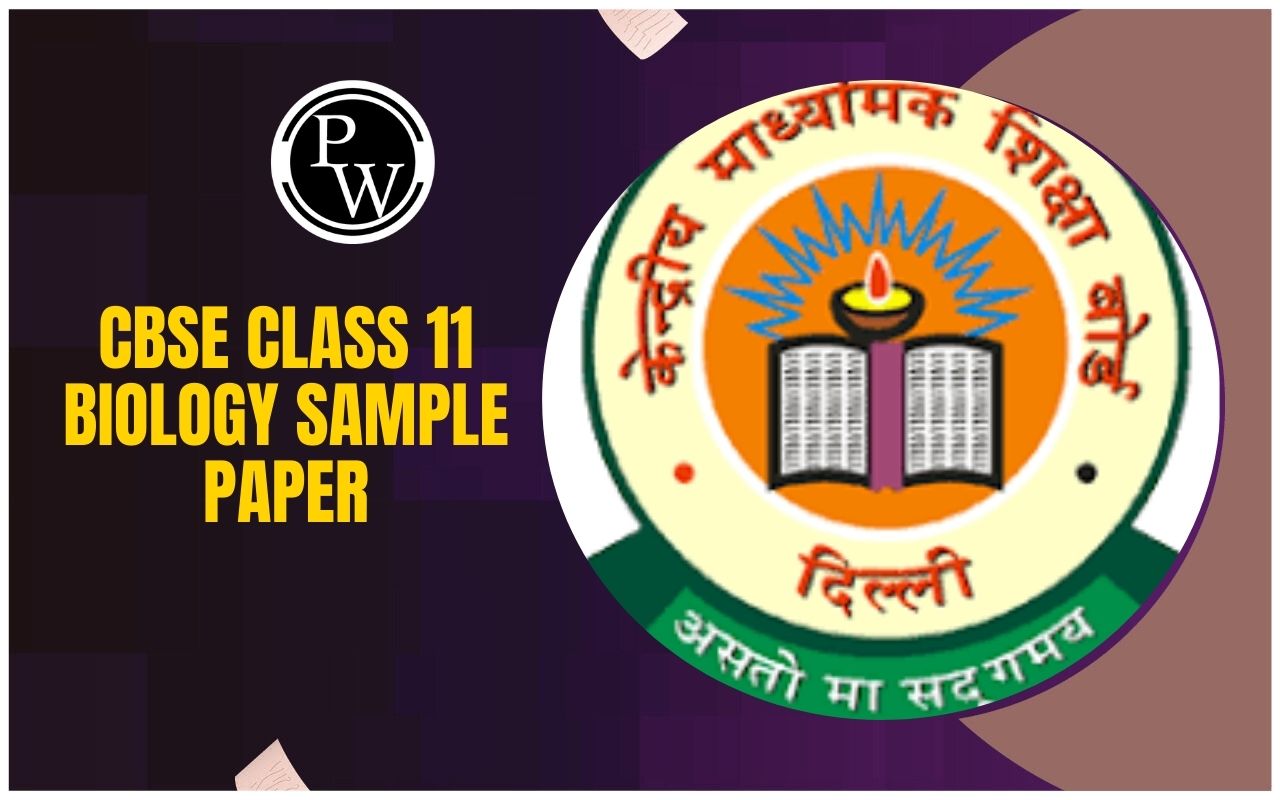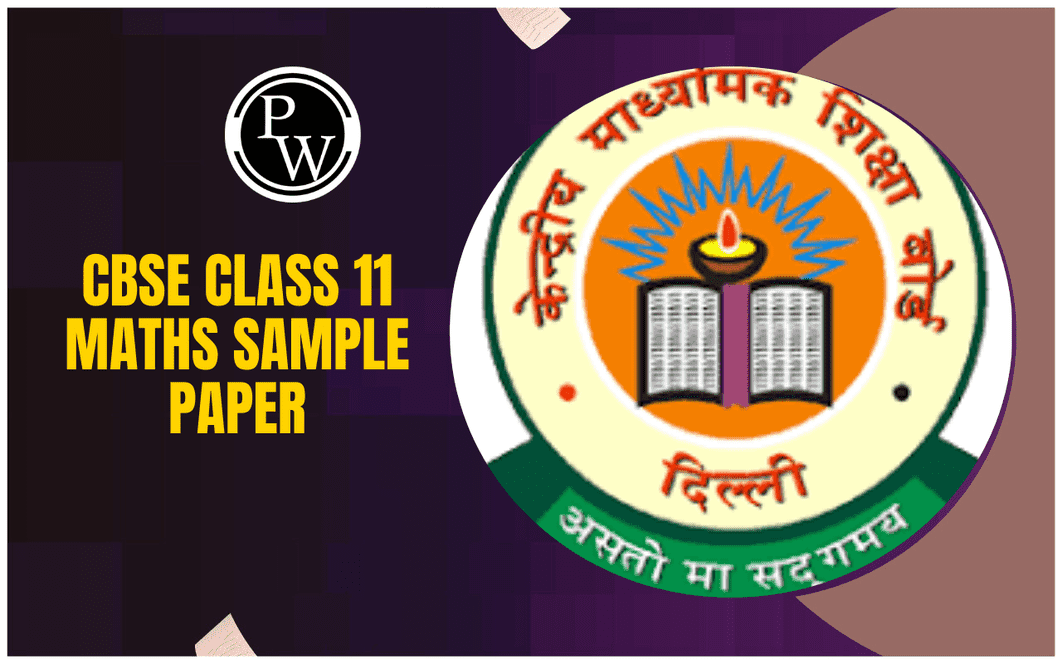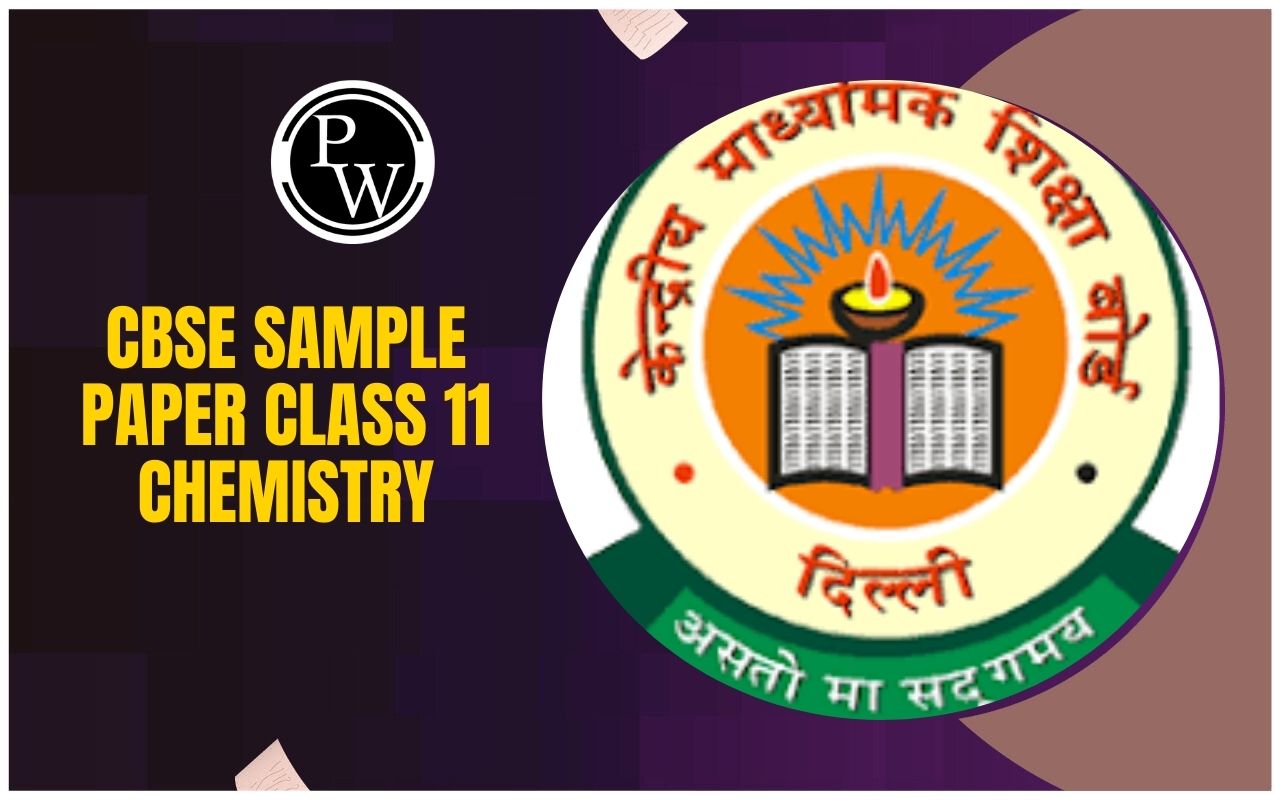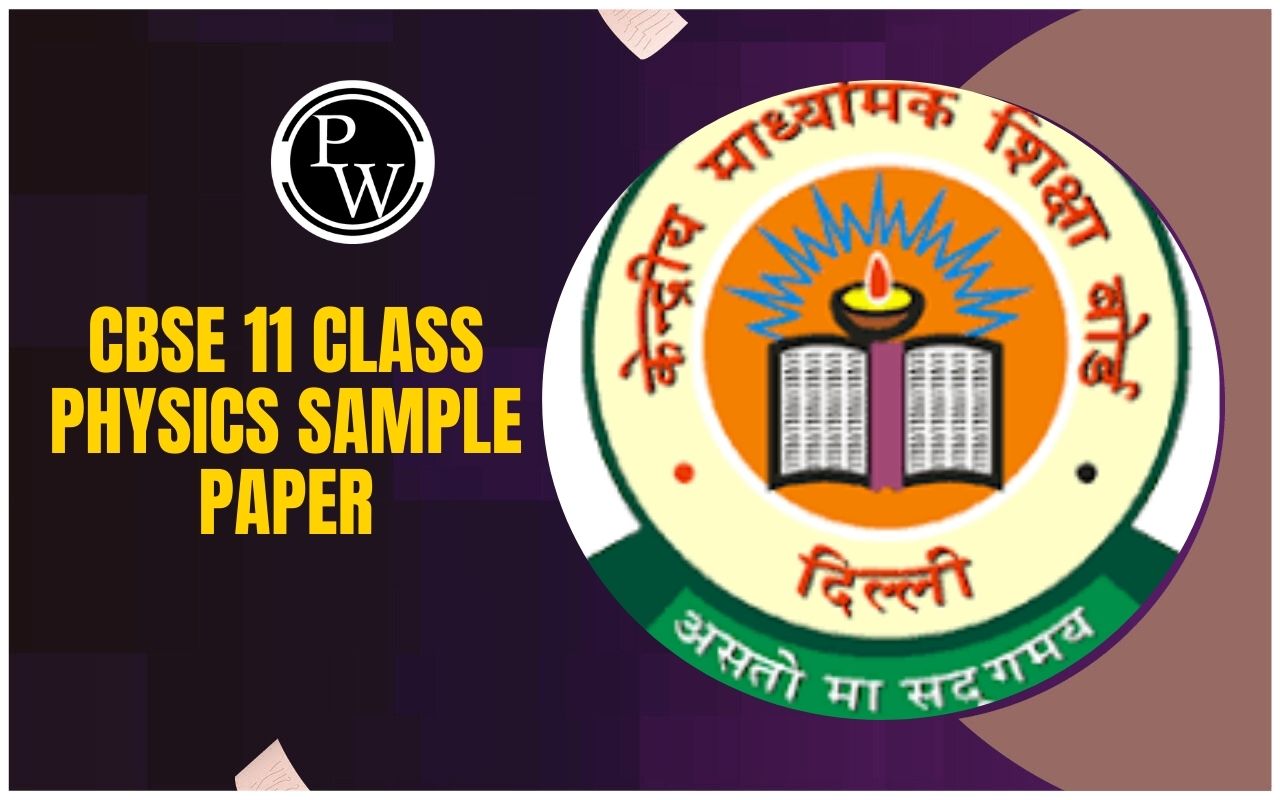
NCERT Solutions for Class 11 Biology Chapter 9: Chapter 9 of NCERT Class 11 Biology, Biomolecules, provides an overview of the chemical components essential for life. It covers the structure, classification, and functions of biomolecules such as carbohydrates, proteins, lipids, and nucleic acids. The chapter explains their role in cellular processes and metabolic activities, emphasizing their importance in sustaining life.
It also introduces concepts like enzyme activity, types of biomolecules, and their polymeric and monomeric forms. With diagrams and explanations, it highlights how biomolecules interact in processes like digestion and energy generation, forming the foundation for advanced biological studies. This chapter bridges biology and chemistry seamlessly.NCERT Solutions for Class 11 Biology Chapter 9 Overview
Chapter 9 of Class 11 Biology, Biomolecules, provides a comprehensive overview of the chemical constituents essential for life. It explores the structure and function of biomolecules like carbohydrates, proteins, lipids, and nucleic acids, which are building blocks of living organisms. The chapter highlights the importance of enzymes in catalyzing biochemical reactions and introduces concepts like metabolism, biomolecular interactions, and the significance of water in biological systems. Understanding biomolecules is crucial as they regulate physiological processes, store genetic information, and provide energy for cellular activities. This foundational knowledge aids in appreciating the complexity of life at the molecular level.NCERT Solutions for Class 11 Biology Chapter 9 PDF
Chapter 9 of Class 11 Biology, Biomolecules, delves into the chemical basis of life, covering carbohydrates, proteins, lipids, nucleic acids, and enzymes. These biomolecules are essential for vital cellular processes and metabolic functions. To assist students, we have provided detailed NCERT solutions in a PDF format below. These solutions simplify complex concepts, ensuring clarity and aiding in effective preparation for exams. Download the PDF to enhance your understanding.NCERT Solutions for Class 11 Biology Chapter 9 PDF
NCERT Solutions for Class 11 Biology Chapter 9 Biomolecules Question Answers
Below is the NCERT Solutions for Class 11 Biology Chapter 9 Biomolecules -1. What are macromolecules? Give examples.
Solution:
The biomolecules known as macromolecules are created when a large number of micromolecules with larger molecular weights polymerise. Because they are insoluble, micromolecules are present in the intercellular fluid in the colloidal condition. One type of macromolecule is protein.2. Illustrate a glycosidic peptide and a phospho-diester bond.
Solution:
Glycosidic bond – The bond between the individual monosaccharides is called a glycosidic linkage. This bond is formed between two carbon atoms of two adjacent monosaccharide units. Peptide bond – The bond is covalent. Peptide bonds bind the amino acids that make up proteins to one another. It is created when an amino acid's carboxyl group (-COOH) interacts with the neighbouring amino acid's amino group (-NH2) during condensation.
Formation of Peptide bond – Example
Peptide bond – The bond is covalent. Peptide bonds bind the amino acids that make up proteins to one another. It is created when an amino acid's carboxyl group (-COOH) interacts with the neighbouring amino acid's amino group (-NH2) during condensation.
Formation of Peptide bond – Example
 Phospho-diester bond – That joins successive sugar molecules in a polynucleotide. It is a strong covalent bond formed between two adjacent sugar groups and phosphate. These are the bonds that form the sugar-phosphate backbone of the nucleic acids.
Phospho-diester bond – That joins successive sugar molecules in a polynucleotide. It is a strong covalent bond formed between two adjacent sugar groups and phosphate. These are the bonds that form the sugar-phosphate backbone of the nucleic acids.
3. What is meant by the tertiary structure of proteins?
Solution:
It is a structure that forms when the secondary coiled polypeptides are folded to produce a hollow, wollen ball-like structure. It is folded such that the functional side groups appear on the surface while the inactive side groups are found inside.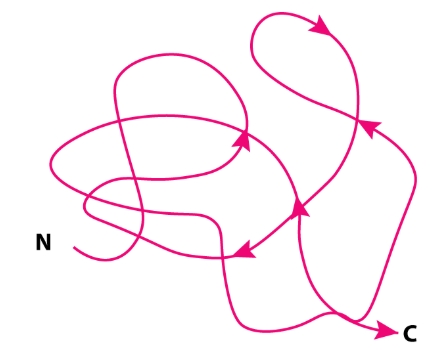
4. Find and write down structures of 10 interesting small molecular weight biomolecules. Find if there is any industry which manufactures the compounds by isolation. Find out who are the buyers.
Solution:



| Compound | Manufacturer | Buyer |
| Starch | Premier starch products private limited | Research institutes and laundries |
| Liquid Glucose | Imperial liquid glucose | Used in making flavoured drinks and in research |
| Enzymes like amylase, protease, and cellulase | Planet Biotech India | Used in research |
5. Proteins have a primary structure. If you are given a method to know which amino acid is at either of the two termini (ends) of a protein, can you connect this information to the purity or homogeneity of a protein?
Solution:
The main structure of a protein refers to its positional information. The N-terminal amino acid is the first amino acid found in a protein, while the C-terminal amino acid is the last amino acid found in a protein. Indeed, we can use this information to determine a protein's homogeneity or purity. Amino acids can be neutral, basic, or acidic depending on their carboxyl and amino groups. Proteins can be neutral, basic, or acidic.6. Find out and make a list of proteins used as therapeutic agents. Find other applications of proteins (e.g., Cosmetics, etc.)
Solution:
Following is the list of proteins used as therapeutic agents.
Insulin, Oxytocin, Immunoglobin, Antidiuretic Hormone( ADH), Thrombin, Fibrinogen, Renin and streptokinases. Some other applications are- They are used as artificial sweeteners. Thaumatin is a low-calorie sweetener.
- Proteins are used as dietary supplements to maintain health.
- They are used in creams and shampoos.
7. Explain the composition of triglyceride.
Solution:
When glycerol combines with three fatty acids on each of the OH groups through ester bonds, it is known as a triglyceride. All three fatty acids of triglyceride in pure fat are similar, while in mixed fat, they are dissimilar.
All three fatty acids of triglyceride in pure fat are similar, while in mixed fat, they are dissimilar.
8. Can you describe what happens when milk is converted into curd or yoghurt, from your understanding of proteins
Solution:
During fermentation, milk protein such as casein is denatured, which transforms globular proteins into fibrous proteins. This change is responsible for the production of curd or yoghurt.9. Can you attempt building models of biomolecules using commercially available atomic models (Ball and Stick models)?
Solution:
Yes, the ball and stick paradigm can be used to depict biomolecules. Here, the atoms are represented by balls, while the bonds holding the molecule together are shown by sticks. In the D-glucose model shown in the picture below, green balls stand in for hydrogen atoms, pink balls for oxygen atoms, and grey balls for carbon atoms.
10. Attempt titrating an amino acid against a weak base and discover the number of dissociating (ionisable) functional groups in the amino acid.
Solution:
The pH of the amino acid is recorded, and the weak base is slowly supplemented to the amino acids while continuously noting the pH. The number of changes recorded indicates the number of ionisable functional groups –COOH in the acidic range and –NH 2 in the alkaline range.11. Draw the structure of the amino acid alanine.
Solution:
The structure of Alanine is as follows:
12. What are gums made of? Is Fevicol different?
Solution:
Gums are heteropolysaccharides formed by different monosaccharide units associated with glycosidic bonds. On the other hand, Fevicol is different from gums, as it is made up of synthetic polymers.13. Find out a qualitative test for proteins, fats and oils, and amino acids and test any fruit juice, saliva, sweat and urine for them.
Solution:
Qualitative test for proteins
Biuret test: Biuret test identifies the presence of proteins by turning the colour of the solution from light blue to purple.Qualitative test for fats and oils
Grease test for oils: Certain oils give a translucent stain on blue paper. This test can be used to detect the presence of oils and fats.Qualitative test for amino acids
Ninhydrin test
Upon adding ninhydrin reagent to the solution, the colour of the solution turns to pink, purple or blue based on the type of amino acid.| Test | Name of item | Procedure | Result | Conclusion |
| Biuret’s test | Fruit juice | Juice + biuret’s reagent | Change of colour from light blue to purple | Presence of protein |
| Saliva | Saliva + biuret’s reagent | Change of colour from light blue to purple | Presence of protein | |
| Sweat | Sweat + biuret’s reagent | Colour does not change | Absence of protein | |
| Urine | Drops of urine + biuret’s reagent | Change of colour from light blue to purple | Presence of protein | |
| Grease test | Fruit juice | Few drops of juice on brown paper | A translucent spot is not observed | Absence of oils and fats |
| Saliva | Few drops of saliva on the brown paper | A translucent spot is not observed | Absence of oils and fats | |
| Solubility test | Sweat | Water added with sweat | Oil presence | Fats or oils can be present |
| Urine | Water added to a few drops of urine | Slight oily presence | Fats may or may not be present | |
| Ninhydrin test | Fruit juice | Juice+ninhydrin reagent (boil for few minutes) | Change of colour from no colour to purple, pink or blue | Presence of amino acids |
| Saliva | saliva+ninhydrin reagent (boil for a few minutes) | Change of colour from no colour to purple, pink or blue | Presence of amino acids | |
| Sweat | sweat+ninhydrin reagent (boil for a few minutes) | No colour change | Absence of amino acids | |
| Urine | urine+ninhydrin reagent (boil for a few minutes) | Depending upon the type of amino acid, the colourless solution changes to purple, pink or blue colour | Presence of amino acids |
14. Find out how much cellulose is made by all the plants in the biosphere and compare it with how much of paper is manufactured by man and hence what is the consumption of plant material by man annually. What a loss of vegetation!
Solution:
Out of 170 billion tonnes of total organic matter, the biosphere generates roughly 100 billion tonnes of cellulose. Approximately 0.5 billion tonnes of wood are used in the production of paper. Other uses for trees include the production of food, medicine, lumber, spices, and more. It is estimated that 1.5 billion tonnes of food are needed. Two billion tonnes of wood are needed for a variety of uses. As a result, estimating how much plant material humans consume each year is challenging. Thus, there was a significant loss of vegetation as a result of the use of cellulose.15. Describe the important properties of enzymes.
Solution:
Almost all enzymes are proteins. Important properties of enzymes are as follows:- They have a higher molecular weight and are complex macromolecules.
- They catalyse the biochemical reactions involved in the cell, assisting in breaking down larger molecules into simpler molecules or getting together two smaller molecules to form a larger one.
- Enzymes do not initiate but accelerate a reaction.
- They have an impact on the biological reaction's rate but not its direction. They depend on the action.
- A reaction becomes more efficient when there is a greater turnover of enzymes. The turnover number of the majority of enzymes is high.
- Temperature has an effect on enzymes. Enzymatic activity falls with rising temperatures. Activity peaks between 30 and 40 degrees Celsius.
- The pH range of 6–8 is where maximum activity is seen.
- The enzyme velocity rises in tandem with the substrate concentration, reaching its maximum velocity.
Benefits of Using NCERT Solutions for Class 11 Biology Chapter 9
Simplified Explanations : Concepts like biomolecular structure and metabolism are explained in an easy-to-understand manner.
Exam-Oriented : Solutions align with the NCERT syllabus, helping students answer questions accurately in exams.
Time-Saving : Organized solutions save time during revision and homework.
Clarity in Fundamentals : Detailed explanations strengthen foundational knowledge of biomolecules.
Practice with Precision : Solutions include step-by-step answers to ensure thorough understanding.
Confidence Booster : Regular practice with these solutions boosts confidence for tackling complex questions.
NCERT Solutions for Class 11 Biology Chapter 9 FAQs
Which biomolecule is the most important?
What is the purpose of the biomolecules?
What is the need of biomolecules?
What biomolecule is DNA?


